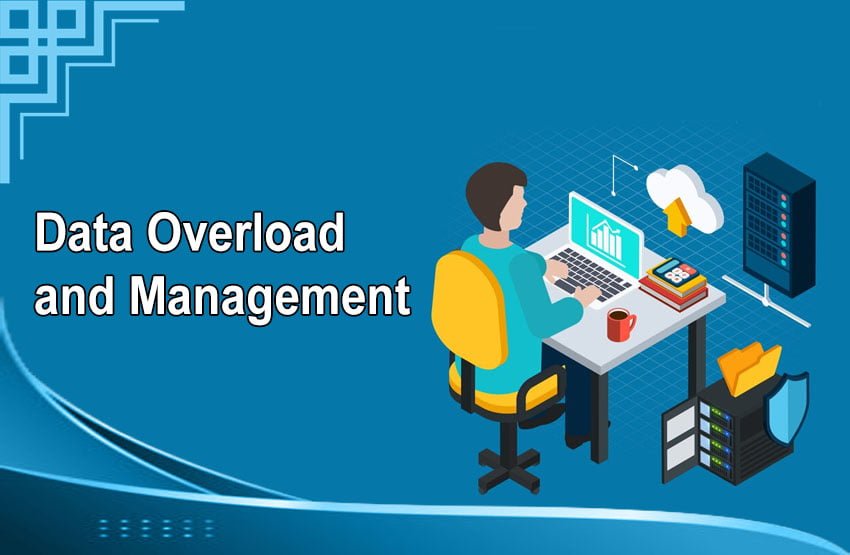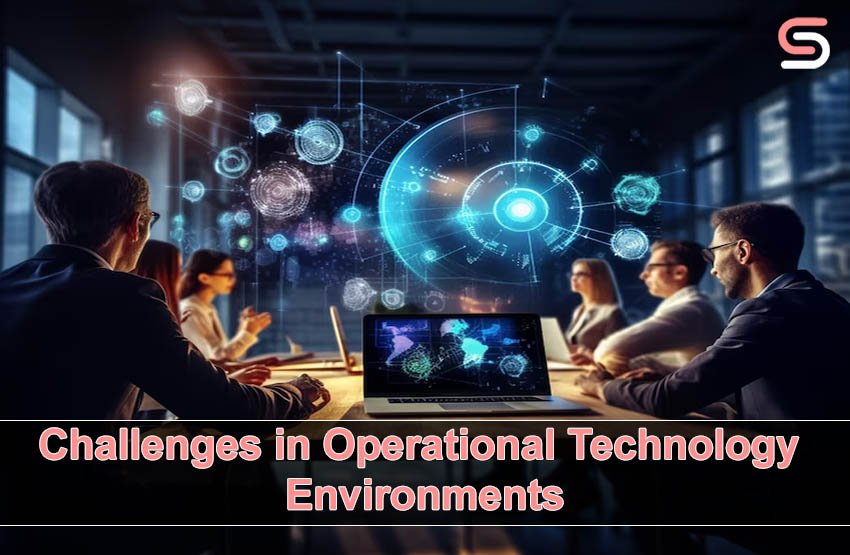The Operational Technology environment is indeed an unpredictable and complex battlefield. It takes businesses to develop creative solutions that can be applicable. With the evolution of industries into digital environments, OT systems are more and more included as one of the constant integrations. This article examines the key operational technology problems including cyber vulnerabilities. It describes the environment within which business entities run the operations and the complexities they encounter to have smooth and secure operations.
Operational Technology – Overview
Operational Technology (OT) is the name given to that specialized group of solutions, including hardware devices and software systems. They monitor, regulate, and manage industrial systems, infrastructure, and essential operations. Compared with Information Technology (IT) which is customer-facing with data analytics and business applications, OT is directed towards the physical aspects of a company’s processes.
The most commonplace domains for an OT include the manufacturing, energy, and utility industries followed by components like industrial control systems, supervisory control and data acquisition (SCADA) systems, devices for automation, and sensors. OT brings the best in operational effectiveness, security, and consistency of the most important processes.
Cybersecurity Vulnerabilities
This new age is filled with cyber threats. It is challenging to strike a balance between risk and opportunity that the operational technology systems integration has brought.
- The complexity of these systems intimidates a hacker.
- These systems include supervisory control and data acquisition systems (SCADA) and industrial control systems (ICS).
- These systems are prone to cyber-attacks.
- There are widespread threats like ransomware, data breaches, and denial of service general attacks.
These can certainly disrupt the processes of business in nature. The losses, in this case, will not only be financial.
Involved entities should prepare for them in an active cyber protection manner, to face these challenges. Stringent encryption, multi-factor authentication, and constant monitoring are key pillars for mitigating cyber-security vulnerabilities in OT systems. Regular cybersecurity audits and employee training programs improve the overall security posture while instilling among employees the type of vigilance that would protect an organization from both known and emerging cyber threats.
Legacy System Integration
The problem is that industries with mature infrastructure will face it harder, especially when keeping old OT systems where the new technologies are supposed to be integrated. These legacy systems, which were usually created independently but need to be interoperable with modern technologies, constitute the major hardware infrastructure that is the biggest stumbling block to a smooth integration.
The integration process involves an assessment of the existing systems an analysis of conflicts, and making a plan that involves step-by-step migration to the new system. Investment in middleware technology allows for the bridging of the gap between legacy systems and modern IT solutions. Therefore, the emergence of interoperable solutions is of the utmost importance. Organizations have to keep in mind that there is a necessity to strike a balance between introducing the new advantages provided by advanced technologies and guaranteeing the smooth continuity of operations. They have to do this to ensure that there is no decreased overall efficiency.
Data Overload and Management
Automated operational processes produce data beyond the traditional to become massive. The data has a dual nature. It can be a powerful tool for better decision-making. However, the size of the data volume is shapeable enough to reshape the existing infrastructure and hinder the decision-making process. Due to the significance of data efficiency in deriving viable outcomes and improving procedures, it plays a crucial role in all business operations.
Establishing scalable data storage solutions, utilizing data analytics tools, and taking advantage of what cloud computing has to offer will therefore help to tackle the overload of data in any organization. Moreover, the importance of data quality parameters like accurate and up-to-date information are a must. The use of real-time analysis and machine learning algorithms is key in data transformation to outgoing intelligence. It helps to make exact ideology for the decision-makers to make faster operations and smart decisions.

Operational Downtime
Unplanned notification in OT environments can lead to huge problems, manifesting as production delays, low customer satisfaction, and bad revenue, in an industrial context. Planned breakdowns arise from equipment failures, hardware malfunctions, and unexpected system bugs among other things.
Operations can integrate proactive methods replacing the present reactive ways, to reduce disruptions through maintenance. Data collected from sensors and internet-connected devices can be used to develop predictive analytics. This itself can be a precursor to preventive measures. Active Voice:
Conducting systematic equipment examinations, ensuring timely software updates, and processing application logs actively uncover minor issues, preventing their escalation into larger problems. Through this planning, IBM has greater operational stability and shows less of its effects on unforeseen disruptions in their operations.
Interoperability Challenges
Bringing various technologies into an OT system, each one with its exclusive protocols and standards makes it difficult for these systems to work together nicely and smoothly. The absence of this harmony presents a challenge for communication devices, systems, and processes. These can impede performance and create a blockage in the production processes.
Interoperability demands that industry stakeholders actively standardize procedures, considering it one of the fundamental issues. Listed below are the benefits of using open protocols and communication standards uniformly:
- They encourage the integration between standalone systems.
- Vendors and various industry actors must engage in creative collaboration to establish a uniform ground base, serving as the reference framework for interoperability.
- Objects must give preference to conformity when choosing new technologies and instruments, to save the optimal condition in which they are and thus give support to a well-organized working environment that operates together.
Conclusion
Companies performing at the top of their game in this space have to indisputably cope with challenges. They have to overcome not only a variety but also intertwined challenges that go with it. These hurdles, from reinforcing cybersecurity protocols to dealing with challenges that were present in most systems are critical for the company’s success in the long term. With industrials’ intent on digitalization, operational technology environments will reveal their sustainability and adaptability. It will cause organizations to grasp hold of the full amplitude of new technologies. They will make their organizations more efficient and secure.

